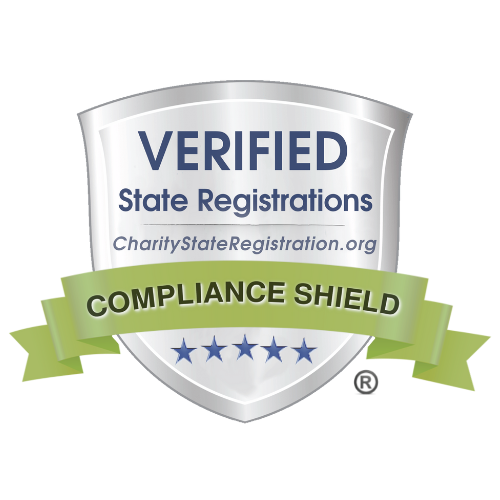IAVA | August 22, 2018
Read: Veteran Employment

When you win you learn nothing, but when you lose you learn a lot. That is the best way I can describe most things in life, but none more true than veteran employment.
Tackling veteran employment has always been a passion of mine. Throughout my thirteen years of service in the Marine Corps, I’ve seen this issue hit closer and closer to home way too frequently. In my reserve unit alone, unemployment seemed to be the number one issue facing veterans and a top priority for the leadership to help out with.
Transitioning out of the military is not an easy path for some veterans, and the programs and classes that are given and required for veterans leaving active duty, aren’t always effective. The Transition Assistance Program (TAP) that the Department of Defense (DoD) offers veterans before they discharge out of the military is supposed to proactively help veterans’ transition process, but many transitioning veterans still continue to struggle.
One of the issues with the TAP program is that it has a “one size fits all” curriculum for veteran employment and that right there isn’t a very effective way to outline veteran success for transitioning. The program has not proven to effectively help veterans to proactively be successful in gaining employment after leaving the military. Enlisted personnel have been short-changed and have not been given the right tools to firmly execute employment after the military. When I provided classes on this very topic, veterans reported that they were unaware of the importance of networking, and how to effectively communicate skills on a resume. For example, many veterans did not know what Linkedin or other useful employment platforms
A trend that I’ve noticed is that there was an officer-enlisted divide when it came to transition success. Officers don’t get a one size fits all curriculum, but get what’s called the Executive Transition Program. This program is not only tailor made for the individual, but also comes with a recruiter to help with landing a job.
When I joined IAVA’s Rapid Response Referral Program (RRRP) I continued to hear the ongoing employment issues facing the veterans that reached out to us for help. The lack of readiness that is attached to employment for enlisted personnel is very real. Unemployment and underemployment are still too high for post-9/11 veterans. This issue needs to be forcefully fixed, starting with revamping the TAP program. We need to collectively, as leaders and teachers talk about the true successes and realities of what it takes to execute landing a job.
As the Veteran Transition Associate (VTA) for RRRP, I’ve seen many cases pass through my radar. As employment continues to be one of the primary issues veterans have to cope with, our Veteran Transition Managers (VTMs) actively find valuable solutions and key tools to bridge and solidify the sometimes very deep gaps.
If you or a veteran you know needs employment help, reach out to IAVA’s Rapid Response Referral Program today.







